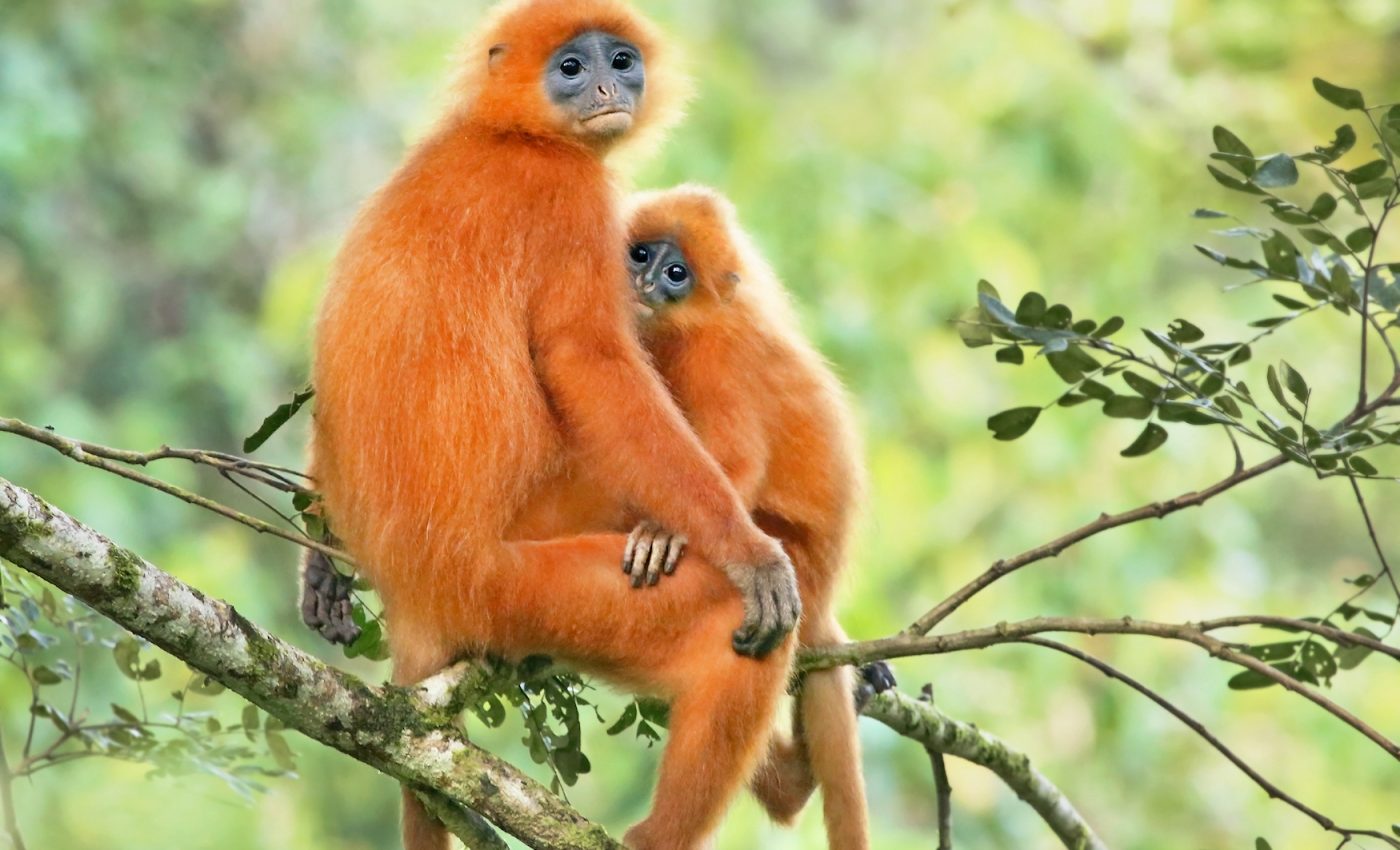
With human interference, local species are replaced by common ones
A new study published December 4th in the journal PLOS Biology proves that, as humans alter local environments for their own use, local iconic species are lost and replaced with more common species.
The study, led by Tim Newbold from University College London and Andy Purvis from the Natural History Museum in London, used data from 81 countries provided by more than 500 researchers around the world. Newbold and Purvis found that when humans modify an environment for farming, housing, or urbanizing purposes, we negatively affect the naturally-occurring species in that area.
Those lost unique animals and plants are soon replaced with species that are able to populate modified environments — species that can be found in many different places globally, like pigeons within cities and rats on farming land.
“As humans, we place great value on animals and plants that are confined to particular locations,” said Newbold. “We travel around the world to see animals like tigers in Asia or rhinoceroses in Africa, and animals and plants are often our national emblems.”
However, Newbold notes that as humans continue to change and shape environments that hosted unique species, we are actually favoring the development and spread of common species while losing animals and plants that make global environments so unique.
Newbold and Purvis’ findings show how important wildlife conservation is and how humans need to be more aware of how specific animals and plants play into their ecosystem function. The researchers hope to use this new revelation and apply it to their understanding of how human-caused climate change may also be lending a hand in the disappearance of local iconic species and the spread of cosmopolitan ones.
—
By Olivia Harvey, Earth.com Staff Writer












